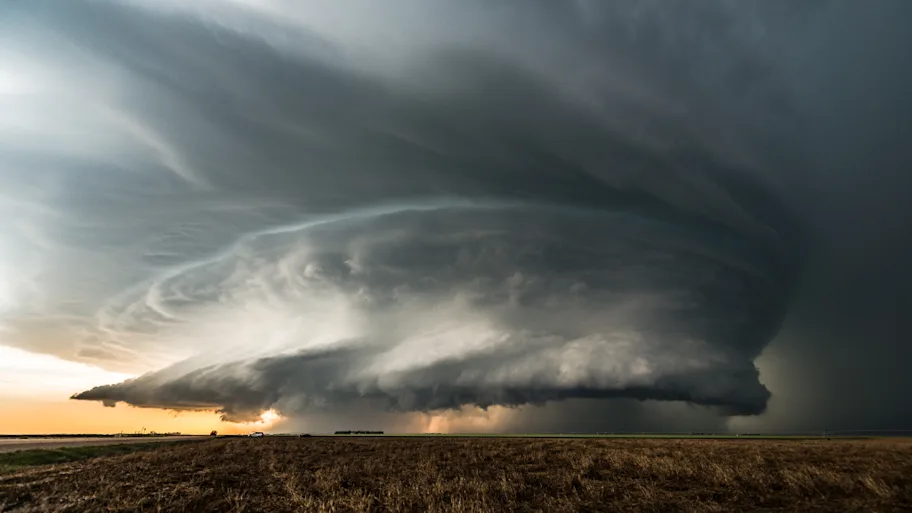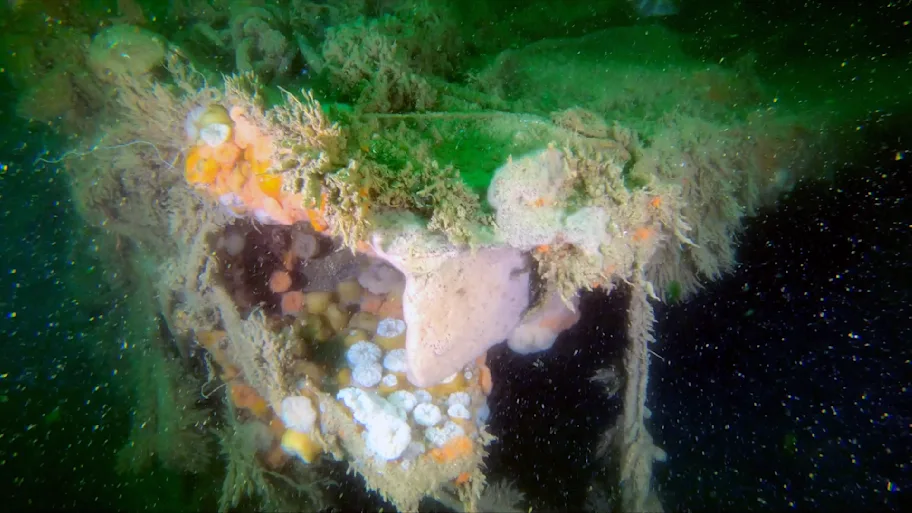
- Science News
- Environment
- Natural gas is actually migrating under permafrost, and could see methane emissions skyrocket if it escapes
Natural gas is actually migrating under permafrost, and could see methane emissions skyrocket if it escapes

Studies in Svalbard have shown that methane is migrating beneath the permafrost. While lowland regions have ice-rich permafrost which acts as an effective seal to the gas, highland regions with less ice seem to be more permeable. If the permafrost thaws too much, greenhouse gas emissions could escape and drive temperatures even higher.
Beneath Svalbard’s permafrost, millions of cubic meters of methane are trapped — and scientists have now learned that it can migrate beneath the cold seal of the permafrost and escape. A large-scale escape could create a cycle of warming that would send methane emissions skyrocketing: warming thaws the permafrost, causing more gas to escape, allowing more permafrost to thaw and more gas to be released. Because Svalbard’s geological and glacial history is very similar to the rest of the Arctic region, these migrating deposits of methane are likely to be present elsewhere in the Arctic.
“Methane is a potent greenhouse gas,” said Dr Thomas Birchall of the University Center in Svalbard, lead author of the study in Frontiers in Earth Science. “At present the leakage from below permafrost is very low, but factors such as glacial retreat and permafrost thawing may ‘lift the lid’ on this in the future.”
Cold storage
Permafrost, ground that remains below zero degrees Celsius for two years or more, is widespread in Svalbard. However, it isn’t uniform or continuous. The west of Svalbard is warmer due to ocean currents, so permafrost there tends to be thinner and potentially patchier. Permafrost in the highlands is drier and more permeable, while permafrost in the lowlands is more ice-saturated. The rocks beneath are often fossil fuel sources, releasing methane which is sealed off by the permafrost. However, even where there is continuous permafrost, some geographical features may allow gas to escape.
The base of the permafrost is hard to study because of its inaccessibility. However, over the years, many wellbores have been sunk into the permafrost by companies looking for fossil fuels. The researchers used historical data from commercial and research wellbores to map the permafrost across Svalbard and identify permafrost gas accumulations.
“I and my supervisor Kim looked through a lot of the historical wellbore data in Svalbard,” said Birchall. “Kim noticed that one recurring theme kept coming up, and that was these gas accumulations at the base of the permafrost.”
Download original article (pdf)
Initial temperature measurements are often compromised by heating the drilling mud to prevent the wellbore from freezing. However, observing the trend of temperature measurements and monitoring boreholes in the long term allowed the scientists to identify permafrost. They also looked for ice forming within the wellbore, changes in the drill cuttings produced while drilling the wellbore, and changes in background gas measurements.
The wellbore monitors identified gas influxes into the wellbore, indicating accumulations beneath the permafrost, and abnormal pressure measurements which showed that the icy permafrost was acting as a seal. In other cases, even where the permafrost and underlying geology were suitable for trapping gas, and the rocks were known sources of hydrocarbons, no gas was present — suggesting that the gas produced had already migrated.
An unexpectedly frequent finding
The scientists emphasized that gas accumulations were much more common than expected. Of 18 hydrocarbon exploration wells drilled in Svalbard, eight showed evidence of permafrost and half of these struck gas accumulations.
“All the wells that encountered gas accumulations did so by coincidence — by contrast, hydrocarbon exploration wells that specifically target accumulations in more typical settings had a success rate far below 50%,” said Birchall. “These things seem to be common. One anecdotal example is from a wellbore that was drilled recently near the airport in Longyearbyen. The drillers heard a bubbling sound coming from the well, so we decided to have a look, armed with rudimentary alarms designed for detecting explosive levels of methane — which were immediately triggered when we held them over the wellbore.”
Experts have shown that the active layer of permafrost — the upper one or two meters that thaws and re-freezes seasonally — is expanding with the warming climate. However, we know less about how the deeper permafrost is changing, if at all. Understanding this is dependent on understanding the fluid flow beneath the permafrost. If the consistently frozen permafrost grows thinner and patchier, this methane could find it ever easier to migrate and escape, possibly accelerating global warming and exacerbating the climate crisis.
REPUBLISHING GUIDELINES: Open access and sharing research is part of Frontiers’ mission. Unless otherwise noted, you can republish articles posted in the Frontiers news site — as long as you include a link back to the original research. Selling the articles is not allowed.






